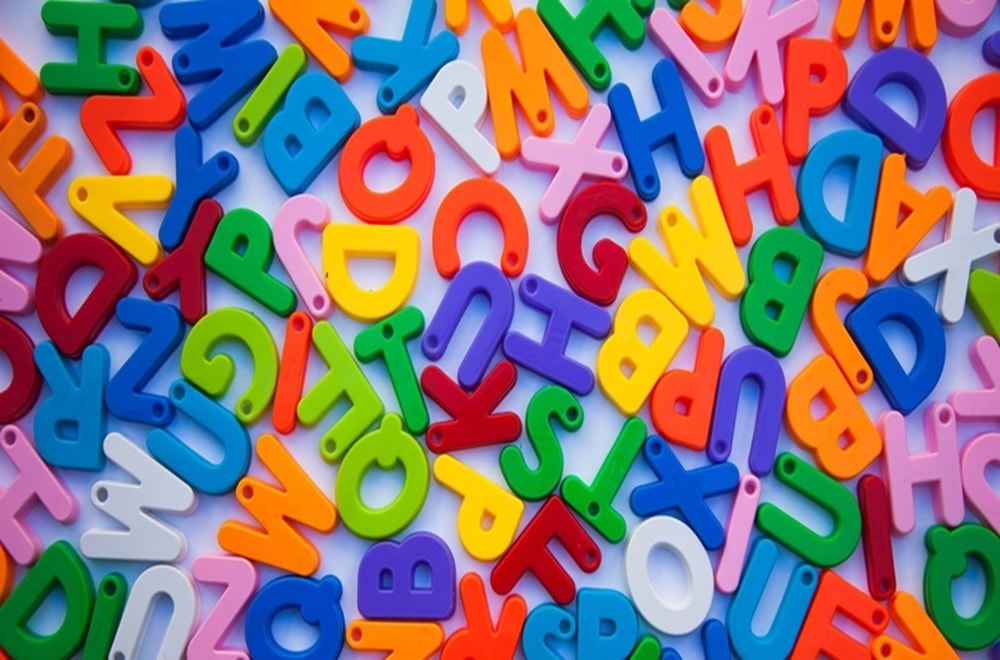What is Mean Length of Utterance (MLU)?

What is Mean Length of Utterance (MLU)?
When we talk about increasing sentence length in children, we often use the term “mean length of utterance”. This refers to the average length of the sentences that a child typically uses. For example, when children are first learning to talk, their MLU is often 1 because they only use one word at a time: “ball?”, “mommy”, “mine”, “no”. If uses a single word like this about half of the time but puts two words together the other half of the time (like “my ball”), then we would say the MLU is 1.5.
What is a Morpheme?
**Warning, we’re about to get all technical up in here. If you don’t care about the linguistic mumbo jumbo, I recommend you skip this section and go on to the next heading.
We typically measure MLU in morphemes. A morpheme is the smallest unit of language that holds its own meaning. That means, that if you were to dissect a word into parts, each part would have its own meaning. This is a confusing concept so let me give you some examples.
The word “apple” is one morpheme. You cannot divide that word up any more and still have any meaning to it. For example, if you divided it into “ap” and “ple”, those words don’t have any meaning by themselves. They must be together to have meaning. However, if you add an “s” to the end to get “apples”, you now have two morphemes. You can divide it into “apple” (meaning the red fruit) and “s” (meaning more than one).
Another single word that has two morphemes would be “jumping”. We can divide that word into “jump” (the action) and “ing” (meaning that it is happening currently).
The word “butterfly” may look like multiple morphemes, but it is actually just one. Yes, you could break the word into “butter” (the food you smear on toast) and “fly” (the annoying bug), but you’re no longer talking about the beautiful insect that flies around your garden in the spring. By breaking it up into those smaller words, you just changed the meaning of what you were talking about all together.
So why does all this matter? Well that’s how we measure MLU. If a child says “my ball”, that’s two morphemes (my and ball). But if the child says “my balls”, then we would say she used three morphemes (my, ball, and “s”). If you were counting by number of words, both children would have the same MLU. However, the second child said a more linguistically complex sentence, so she deserves more credit on her MLU. Thus, morphemes are counted.
Whew, technical mumbo jumbo over. Let’s move on!
Average MLU based on Age
Here is a chart of what a child’s MLU should be a different ages:
Age ~ MLU (in morphemes)
(Based on Brown’s Stages of Language Development)
12-26 mos ~ 1.0 – 2.0
27-30 mos ~ 2.0 – 2.5
31-34 mos ~ 2.5 – 3.0
35-40 mos ~ 3.0 – 3.75
41-46 mos ~ 3.75 – 4.5
47 mos + ~ 4.5 +







